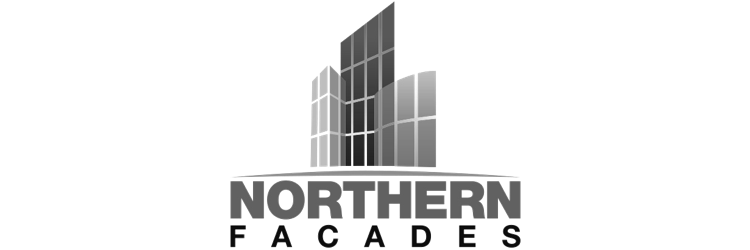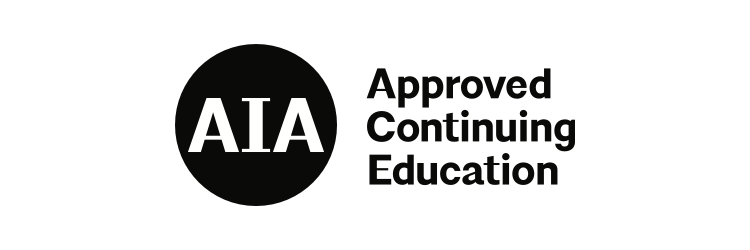Tri-State
EVENT THEME
Detailing High-Performance Facades: Strategy, Specifications, and Advanced Cladding Materials
Today’s high-performance facade standards require the deft balancing of aesthetics, technical detailing, and the demands of the client and local building regulations. This workshop will discuss both material and technical solutions to meet those standards. Experts will be on hand to lead tutorials on the most recent innovations in rainscreen cladding, sealant solutions, and much more. Attendees will leave with a greater knowledge of material applications at the cutting-edge of energy performance and code compliance, all while learning of attractive solutions for clients and end users.
view_agenda Agenda
10AM - 11AM
Credit type: 1 AIA HSW LU
Provider: Porcelanosa
This course covers the fundamentals of rainscreen systems, including their purpose and benefits. It highlights the advantages of using porcelain as a cladding material, such as water and fire resistance, and sustainability. Participants will learn about designing with cladding, optimizing installation, and understanding cladding systems, components, detailing, and building science. The course aims to provide a comprehensive understanding of porcelain cladding systems and their applications.
Learning Objectives
- Understand the benefits and function of ventilated facades.
- Recognize the advantages of porcelain as a cladding material.
- Explore various cladding systems.
- Learn efficient panel layouts for labor economy.
11AM - 12PM
Credit type: 1 AIA HSW LU
Provider: Northern Facades
Reaching towards Net Zero energy ready buildings is becoming a popular topic in todays climate changing world. Energy efficiency has expanded towards exterior wall assemblies where effects of thermal bridging are considered and thermally broken sub-framing systems are becoming the new norm. This course will identify and compare various cladding attachment methods on the market. Learn how to determine the appropriate clip for your project and how to compare effective thermal resistance required to achieve projects targeted R – Value.
Learning Objectives
- In this presentation you will be able to understand how the use of thermal clips will impact thermal bridging on various exterior wall assembly applications.
- Identify types of clips currently on the market.
- Learn how to calculate the number of clips required on your project by identifying structural forces involved to determine clip spacing.
- Gain insight on how the NFPA 285 fire code applies to thermal clips.
- Acquire a new ability to effectively detail thermal clips on architectural drawings.







